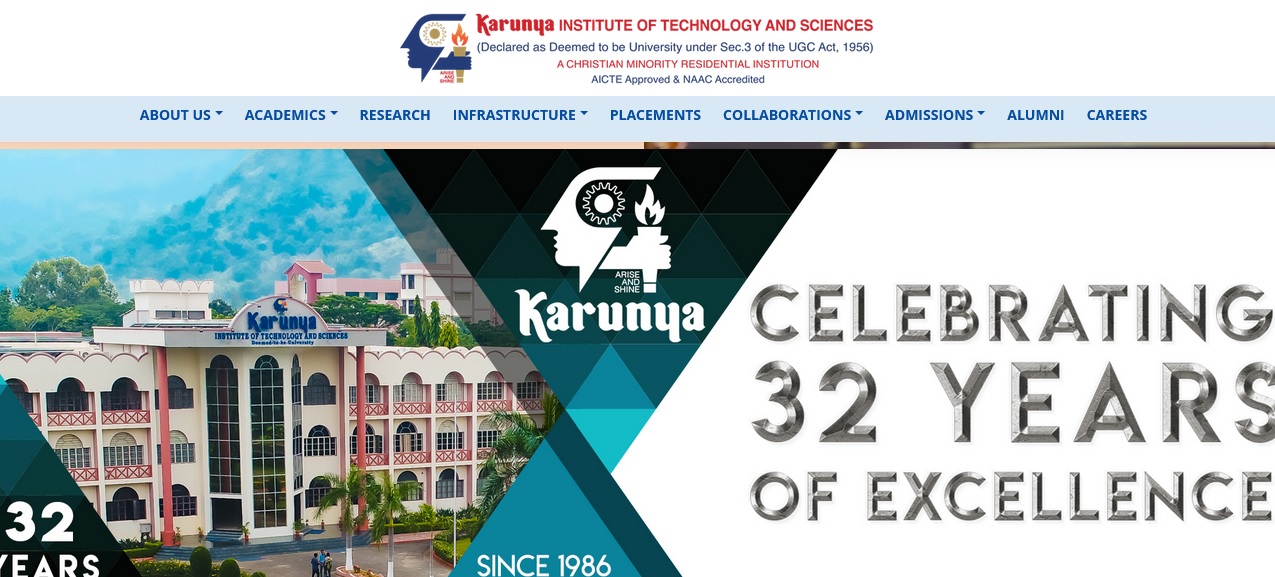09ME207 Gas Dynamics & Jet Propulsion B.Tech Model Question Paper : karunya.edu
Name of the College : Karunya Institute of Technology & Sciences
University : Karunya University
Degree : B.Tech
Department : Mechanical Engineering
Subject Code/Name : 09ME207 Gas Dynamics & Jet Propulsion
Document Type : Model Question Paper
Website : karunya.edu
Download :https://www.pdfquestion.in/uploads/ka…96-09ME207.pdf
Karunya Gas Dynamics & Jet Propulsion Question Paper
Part – A
(10 x 1 = 10 Marks)
1. Define Crocco number?
2. Define Mach number.
3. What is the function of Nozzle?
Related : Karunya University 09ME206 Design of Machine Elements B.Tech Model Question Paper : www.pdfquestion.in/2894.html
4. In the convergent part of a diffuser, the Mach number is ______than unity.
5. What is Fanno flow?
6. What are the assumptions are used in the analysis of Rayleigh process?
7. What do you mean by Prandtl-Meyer Function?
8. Shock waves develop in subsonic flow [True/False]
9. What do you mean by linear burning rate?
10. What is meant by propulsive efficiency?

Part – B
(5 x 3 = 15 Marks)
11. Write short notes on Mach cone.
12. Write the differences between nozzle and diffuser.
13. Represent the Fanno flow on TS diagram.
14. Distinguish between Mach wave and Normal shock.
15. How the turbo prop engine is different from that of turbo fan engine?
Part – C
(5 x 15 = 75 Marks)
16. The pressure, temperature and Mach number at the entry of a flow passage are 2.45 bar, 27 C and 1.4 respectively. If the exit Mach number is 2.5, determine
A) The stagnation temperature,
b) Temperature and velocity of the gases at the exit and
C) The flow rate per unit area at inlet.
The fluid may be assumed to have adiabatic flow with r = 1.3 and R = 469 J/kg k.
(OR)
17. Ambient air at an altitude of 5000m above the sea level enters the engine of an air-craft flying at 450 kmph. If the air flow rate through the engine is 25 kg/s, determine the diameter of the inlet to the engine. State the assumptions used.
18.A conical diffuser has entry and exit diameters of 15 cm and 30 cm respectively. The pressure, temperature and velocity of air at entry are 0.69 bar, 340 K and 180 m/s rerspectively. Determine
a) The exit pressure,
B) The exit velocity and
c) The force exerted on the diffuser walls.
Assume isentropic flow , r =1.4, Cp = 1.00 KJ/kg k.
(OR)
19. What is meant by impulse function? Derive the expression,
20. A circular duct passes 8.25 kg/s of air at an exit mach number of 0.5.The entry pressure and temperature are 3.45 bar and 380C respectively and the coefficient of friction is 0.005.if the Mach number at entry is 0.15. Determine
(a) The diameter of the duct.
(b) Length of the duct
(c) Pressure and temperature at the exit
(d) Stagnation pressure loss
(e) Verify the exit Mach number through exit velocity and temperature.
(OR)
21. The stagnation temperature of air in a combustion chamber is increased to 3.5 times its initial value. If the air at entry is at 5 bar, 1050C and a mach number of 0.25.Determine
(a) The Mach number, pressure and temperature at the exit
(b) Stagnation pressure loss
(c) The heat supplied per kg of air.
22. Derive the Prandtl Meyer relation, starting from the energy equation for flow through a normal shock.
(OR)
23. When a converging diverging Nozzle is operated at off-design condition, a normal shock occurs at a section, where the cross sectional area is 18.75 cm2 in the diverging portion. At inlet to the Nozzle, the stagnation state is given as 0.21 MPa and 36?C. The throat area is 12.5cm2 and the exit area is 25cm2. Estimate the exit Mach number, exit pressure and loss in stagnation pressure for flow through nozzle.
24. Calculate the thrust specific impulse, propulsive efficiency, thermal and over all efficiency of a rocket engine from the following data :
Effective jet velocity = 1250 m/s
Flight to jet speed ratio = 0.8
Oxidizer flow rate = 3.5 kg/s
Fuel flow rate = 1 kg/s
Heat of reaction of exhaust gases = 2500 kJ / kg
(OR)
25. With neat sketches explain the constructional features and working principle of Ramjet Engine. .